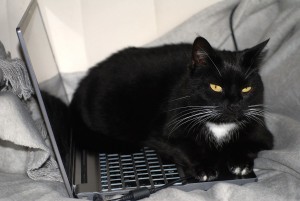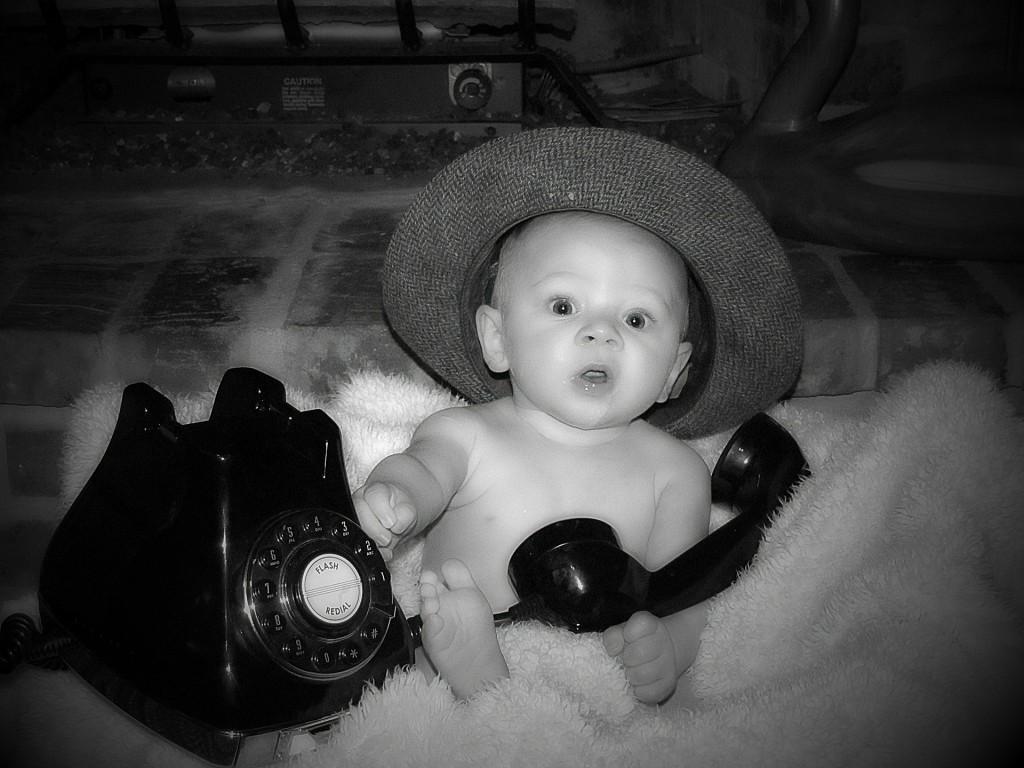Dead flies in shop windows
It’s Hallowe’en, so clearly my thoughts are turning to pleasant things like dead flies. And analogies… We’re all familiar with the old “your website is your shop window” comparison. To extend this a bit, if your website is the shop window, then your blog is the shop display. By changing it regularly with the seasons, you’re showing off new stock, keeping your business relevant – and guarding against dead flies.
I use this analogy a lot – probably over-use it, to be honest – as it’s a straightforward way of explaining why a website needs to be updated. (I’ve failed to fit search engines into this analogy, but I’ll keep working on it.) To while away the time until it’s trick-or-treating o’clock, here’s a short tale about dead flies.
When I realised I’d finally better leave university, my first proper job was every Eng Lit student’s dream: sales assistant in an antiquarian bookshop. Anyone attempting to enter the shop on application deadline day would have been knocked sideways by the swish of long, cheap velvet skirts, stampeding DMs, and the scent of patchouli. We all wanted the chance to waft around among all the lovely books all day, perusing their erudite contents and lovingly sniffing the leather.
I was the lucky choice, and the myth of the gentle old bookselling job was rapidly debunked. Books are unforgiving creatures to work with. They are heavy and unwieldy, but unlike a similarly bulky item, a brick for example, they don’t come out of it very well when dropped. They require constant checking, dusting, and straightening; and some of them even require feeding (with hide food). They’re like high-maintenance and capricious pets, and some are alarmingly valuable. I later worked in a large supermarket warehouse, and believe me, that was physically lighter work than hefting tomes up and down five storeys of ancient staircase.
One of the first tasks I was trusted with (oh the joy of being the junior) was to keep the shop window free of dead flies (see, we’re starting to get somewhere now). An awful lot of flies choose to die in bookshop windows, it seems. The shop window was behind the counter and two sets of display shelves on temperamental rollers. Cleaning it involved taking everything out of the window, and trying to squeeze the Henry’s nozzle in between the shelves to vacuum up the dust and dead flies. While serving customers.
The shop manager took me through this in great detail (juniors are expected to listen to a lot of detail). After a couple of weeks of merrily bashing into expensive books with the nozzle, I came up with the Waddon Fly Catching Technique: a fishing rod-like device involving dangling sticky tape from a pencil. The crispy little cadavers would stick to the tape, and with some cunning manoeuvres, I could avoid the tedious task of taking everything out of the window display – the simple ingenuity of the bored junior. How the other English grads must have envied me.
Twenty (no, really???!!!) years later, I am metaphorically clearing windows of flies. Nothing says neglected, slobby, or abandoned like a pile of insect corpses in your window – or, an ignored blog page. Sadly, while dangling tape over my clients’ websites, my own shop window has got a bit shabby. Consider this short blog post my piece of tape.
For metaphorical fly removal, please give me a shout. (For actual dead flies – feel free to use the fruits of my research.)



